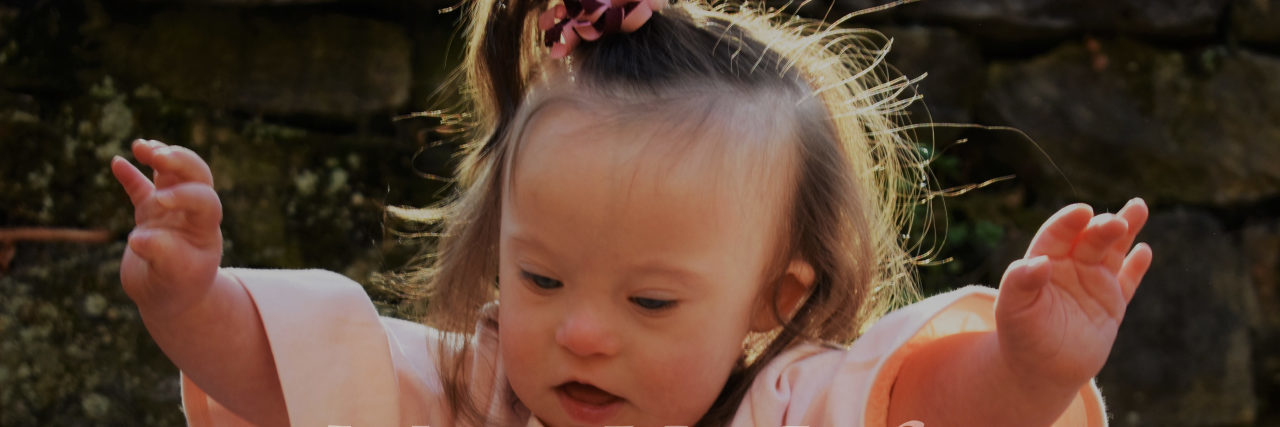There is some current chatter about American Girl in the Down syndrome community.
Recently, they had a catalog ad where one of their beautiful models was a child with Down syndrome. However, American Girl doesn’t make dolls that look like they have Down syndrome. And apparently, that’s kind of their thing — to make dolls that girls feel look like them.
That sparked conversation. Many people in the community would like to see American Girl make dolls that represent their children with Down syndrome. But American Girl has no plans to do that, per the news articles circulating on the internet.
I am the parent of a child with Down syndrome, and I don’t expect American Girl to create a doll with Down syndrome.
If they did — great, excellent, good for them. Maybe we would buy one, maybe we wouldn’t, I don’t really know.
But I don’t expect them to make one. Nor do I feel that my daughter is not represented without one. In fact, I think it’s way more important that their catalog models include children with Down syndrome. If they didn’t, then I would feel my child is not represented.
October was National Down Syndrome Awareness Month, and during the month people share all kinds of great facts about Down syndrome. One of which is something to this effect, “There are physical markers that can be present for people with Down syndrome — almond-shaped eyes, short stature, sandal toes etc., but people with Down syndrome most resemble their family members.”
Per the NDSS (National Down Syndrome Society), “A few of the common physical traits of Down syndrome are: low muscle tone, small stature, an upward slant to the eyes, and a single deep crease across the center of the palm. Every person with Down syndrome is a unique individual and may possess these characteristics to different degrees or not at all.”
These are the reasons I don’t expect American Girl to create a doll with Down syndrome features. My daughter looks most like us — her family. She is more alike than different. She can see herself in a doll that has blue eyes, long wavy brown hair and a pale complexion.
Furthermore, even if they did make a doll that was supposed to represent a child with Down syndrome, so my child could see herself in the doll, how would they get it right? She doesn’t have all the features associated with Down syndrome. Which ones would they include? Would she even see herself in those they included? Would she recognize it as a miniature image of herself?
I think it’s reasonable to represent children with specific features like eye color, hair color, skin color etc., so they can share their likeness with their dolls. I think it’s also important to take it a step further and add other things like glasses, wheelchairs, hearing aids etc. But, to try to make dolls with the features of Down syndrome? If they did it, fine. But, I am not angry with them if they don’t.
I do not think creating a doll that has the genetic features of Down syndrome is as simple as creating a doll with blond hair or olive skin. They may not get it right — because as we know, not all people with Down syndrome have all the features and they mostly resemble their family members. That’s a tall order, even if they bring in special consultants to try to get it right.
Regardless of whether or not our daughter has a doll with features that are supposed to represent Down syndrome, she will be taught to see the reciprocal beauty in herself and her dolls — we will teach her. She will see real children with Down syndrome in the ads, and perhaps she will recognize them, like the one American Girl currently has in their ad. But more importantly, we will share with her that she is both beautifully unique and more alike than different.

